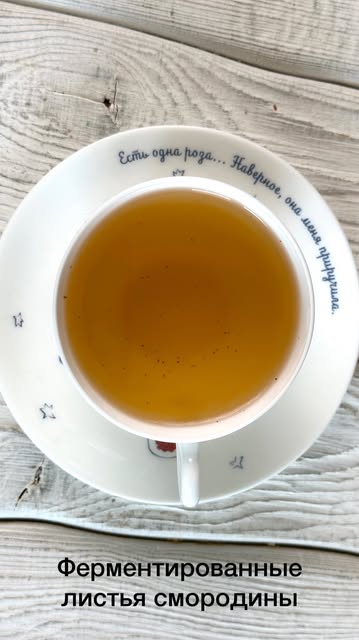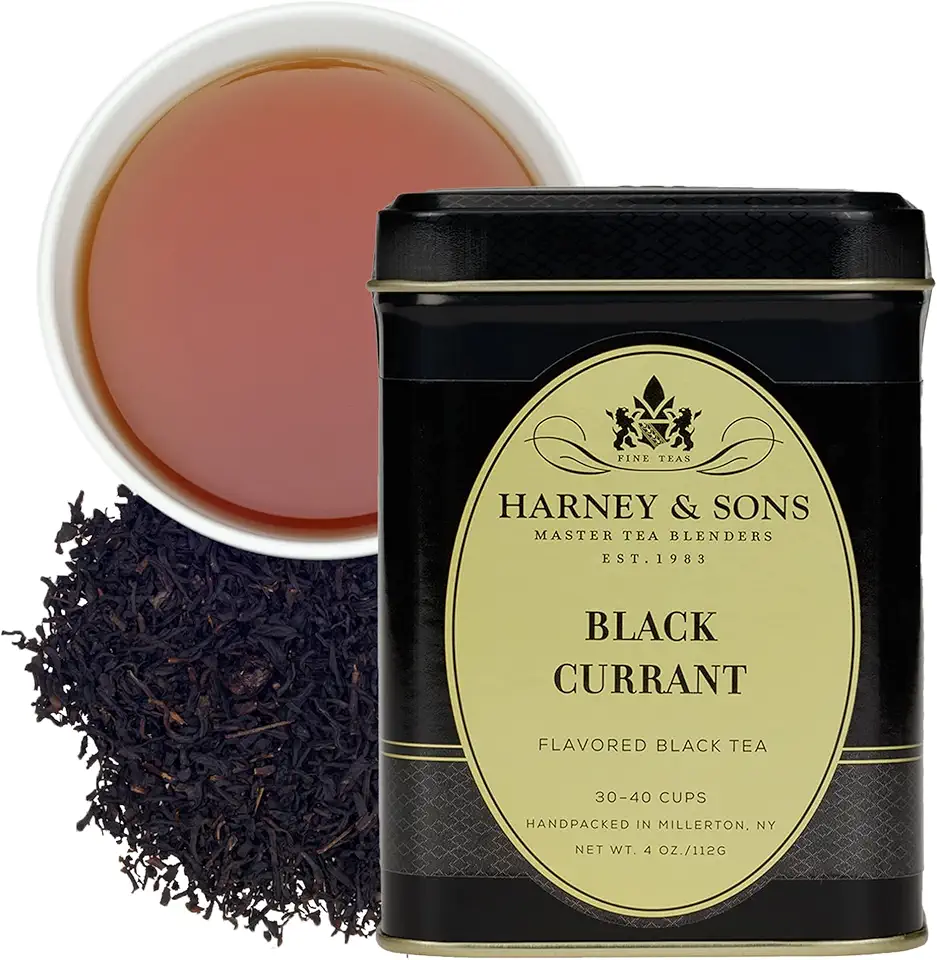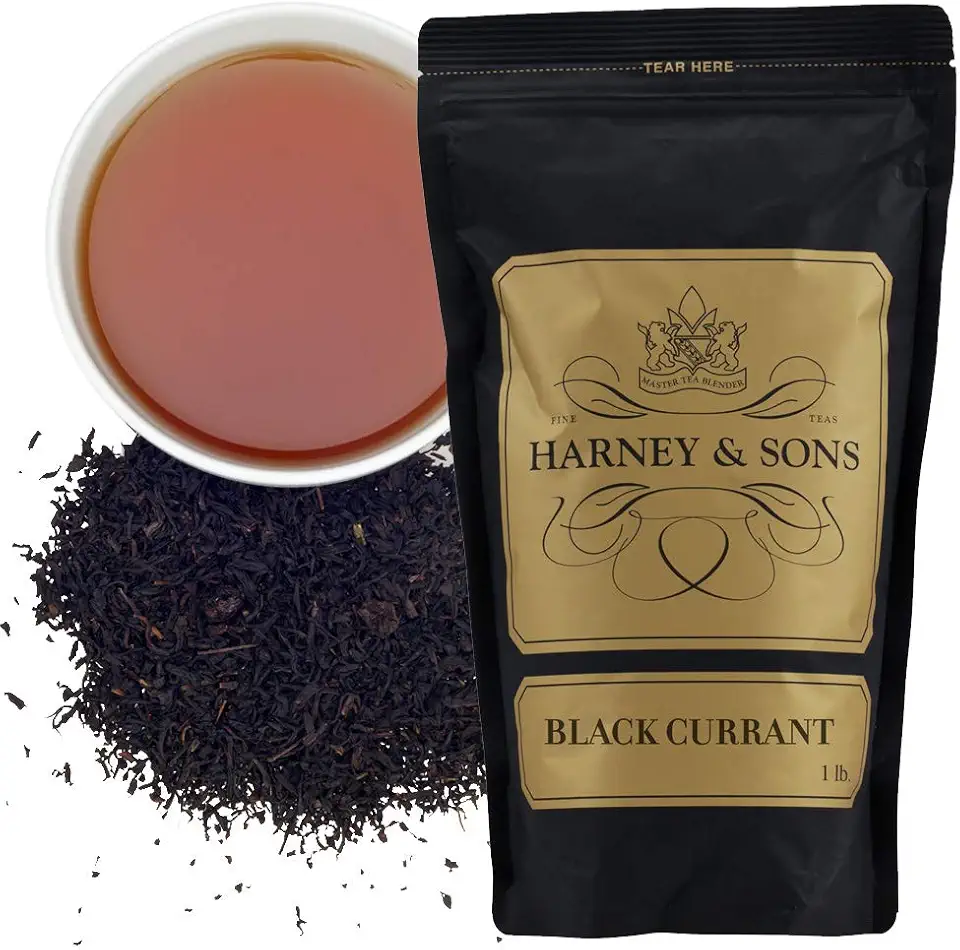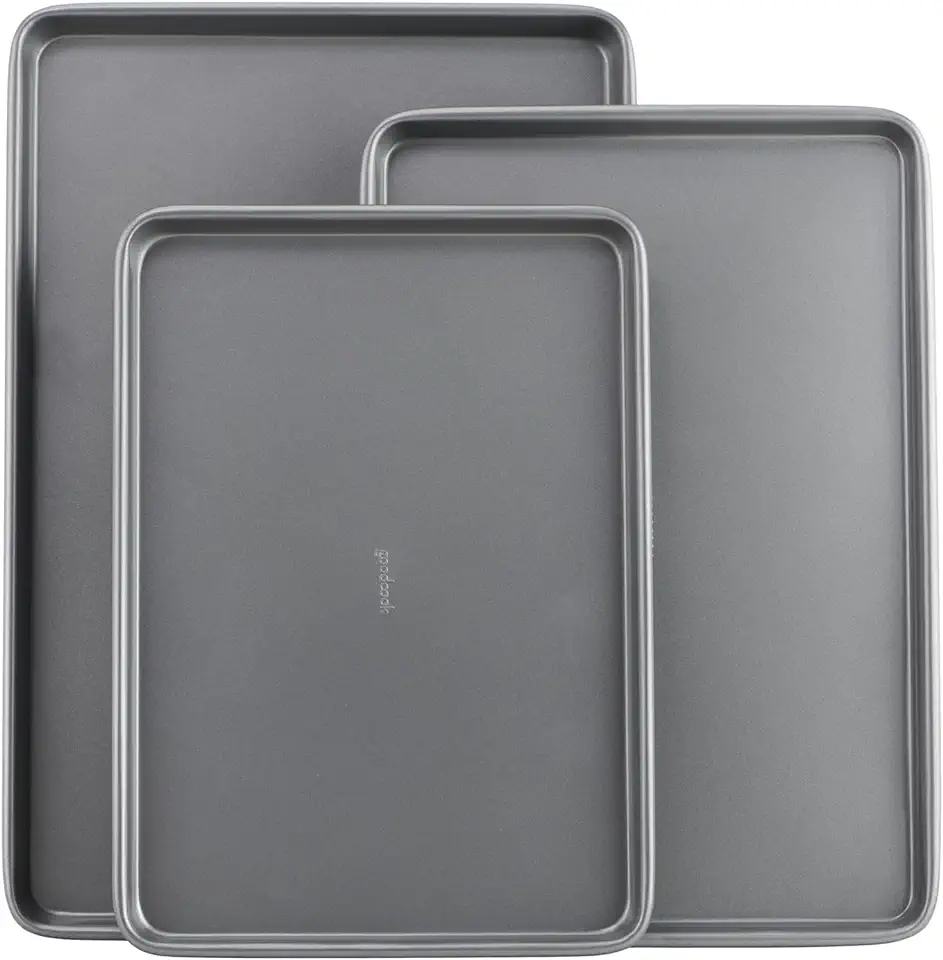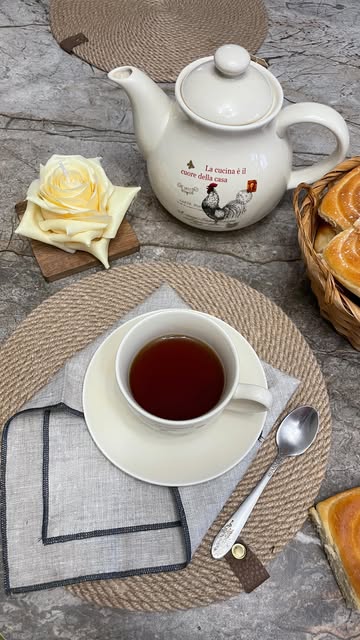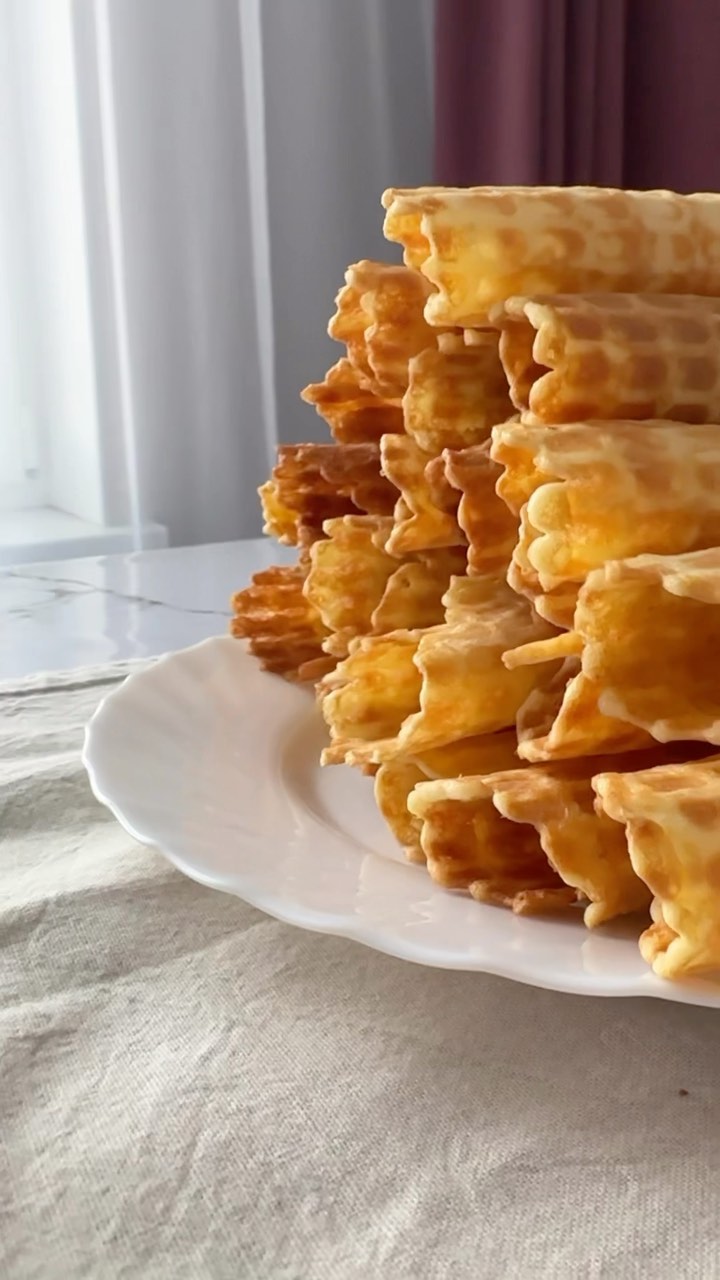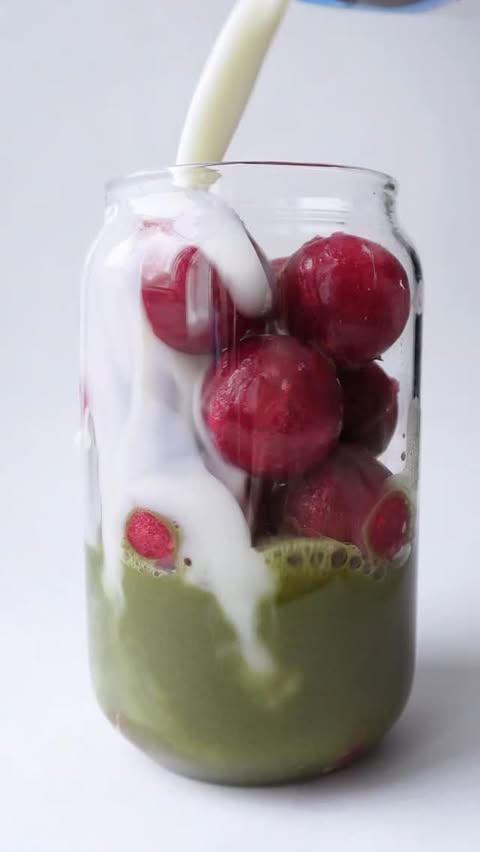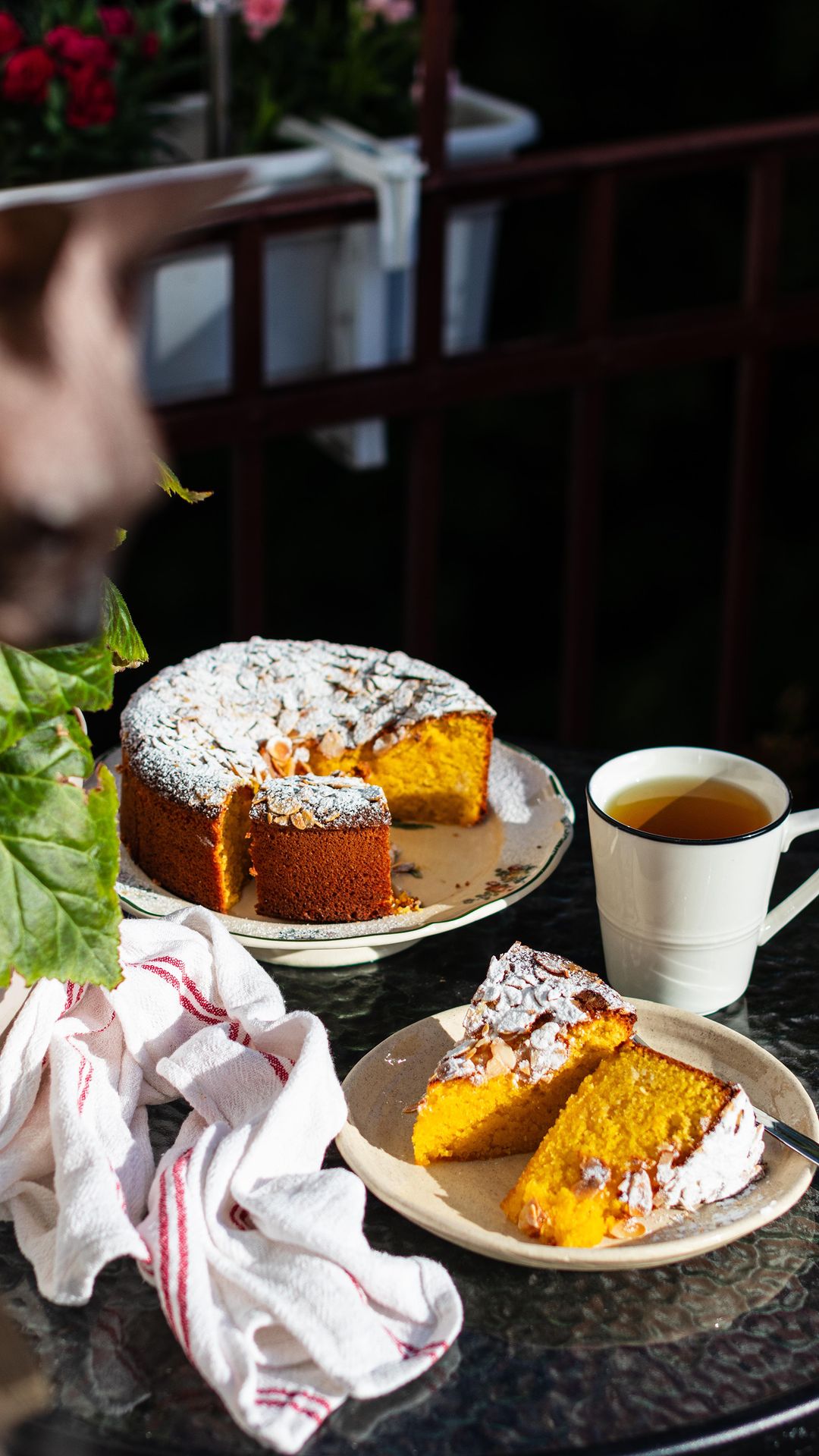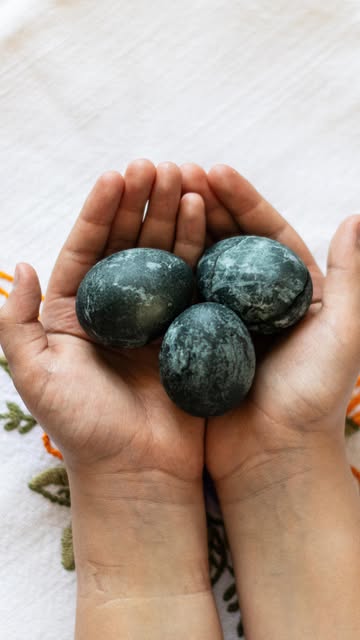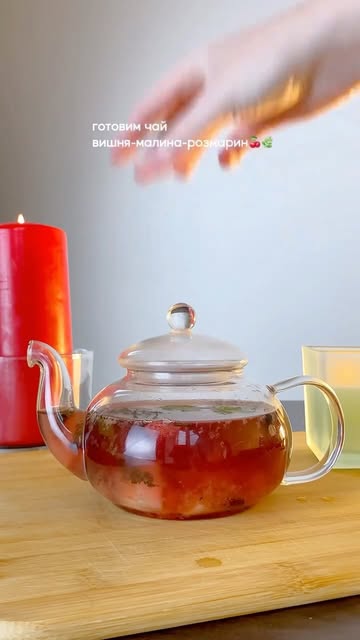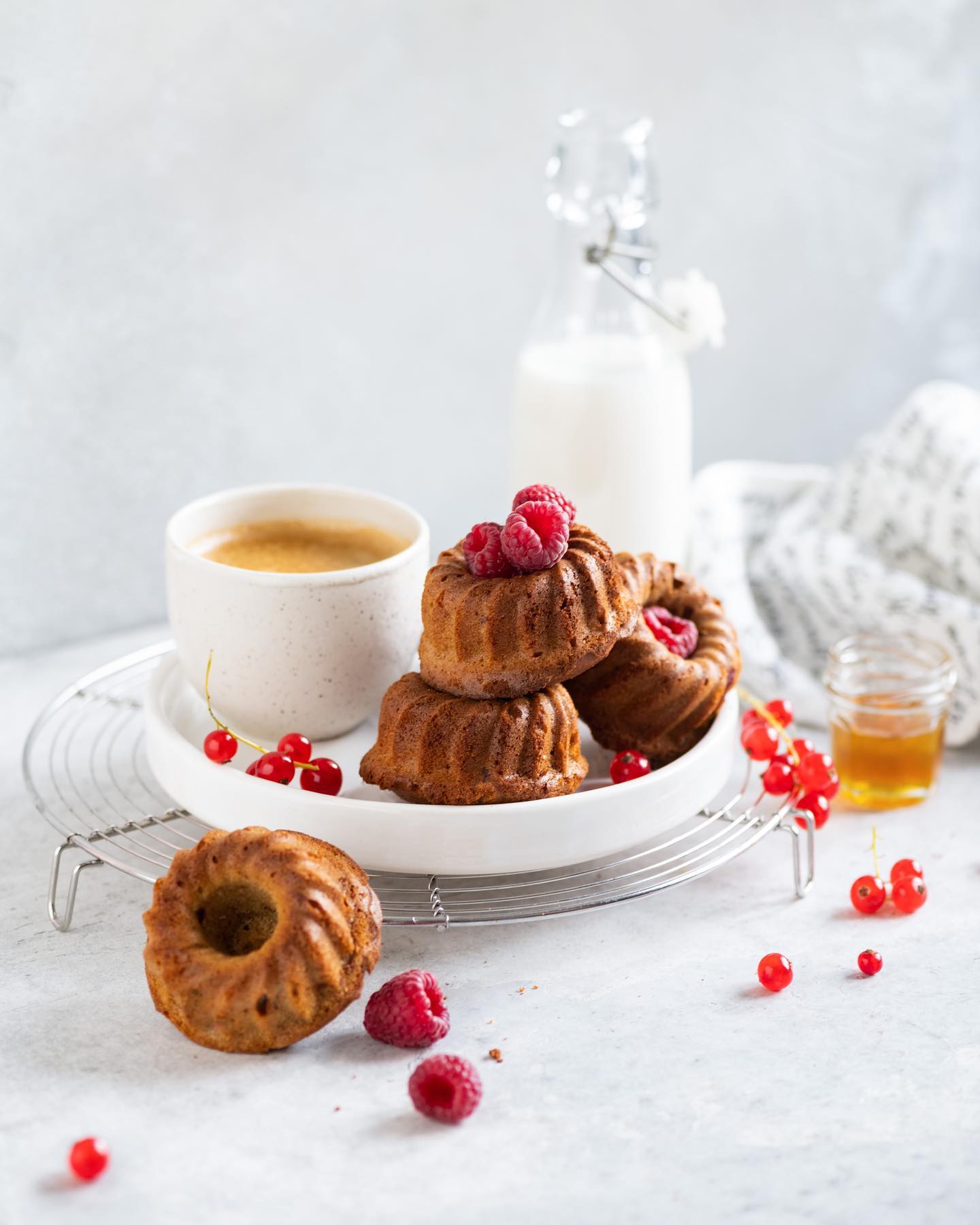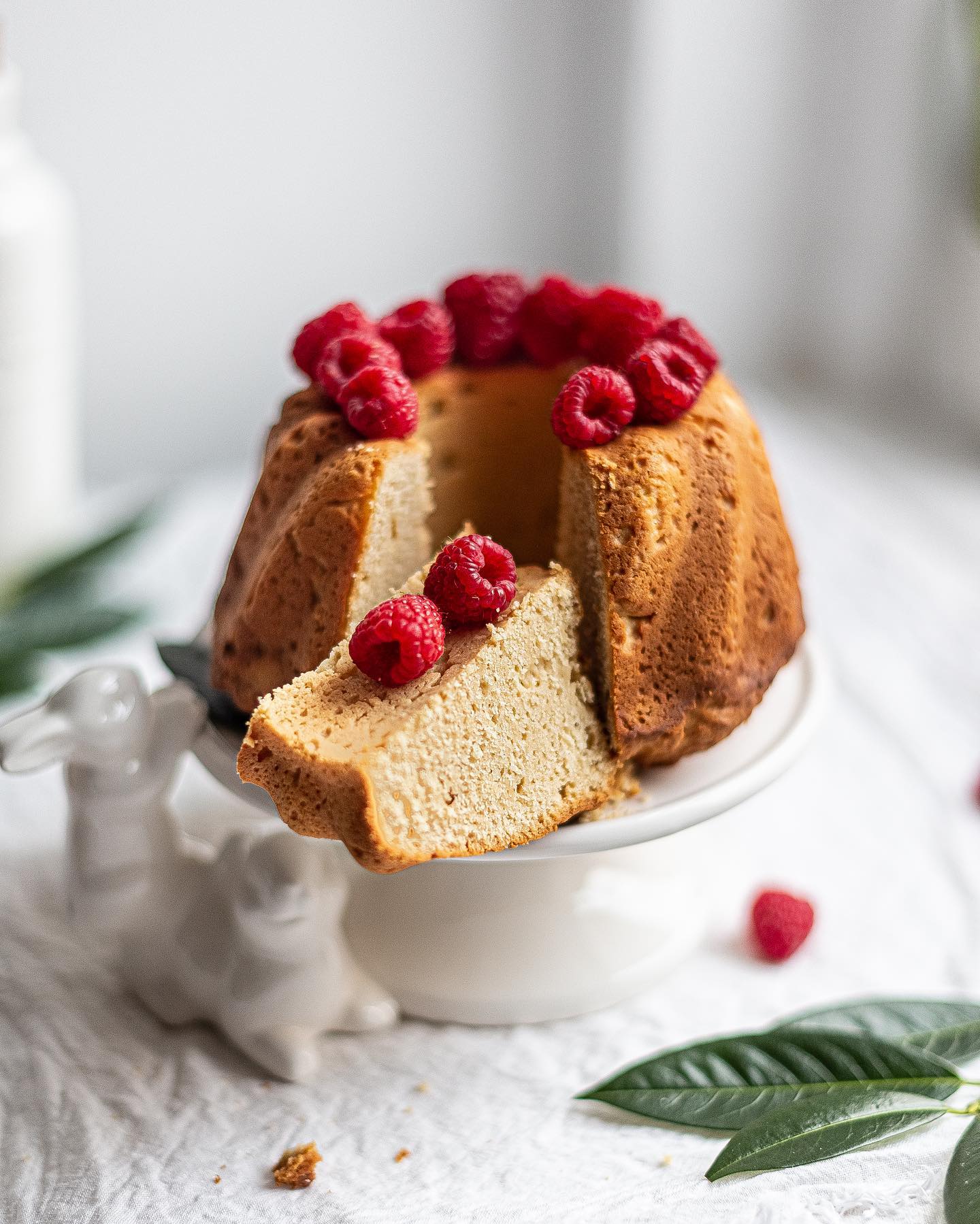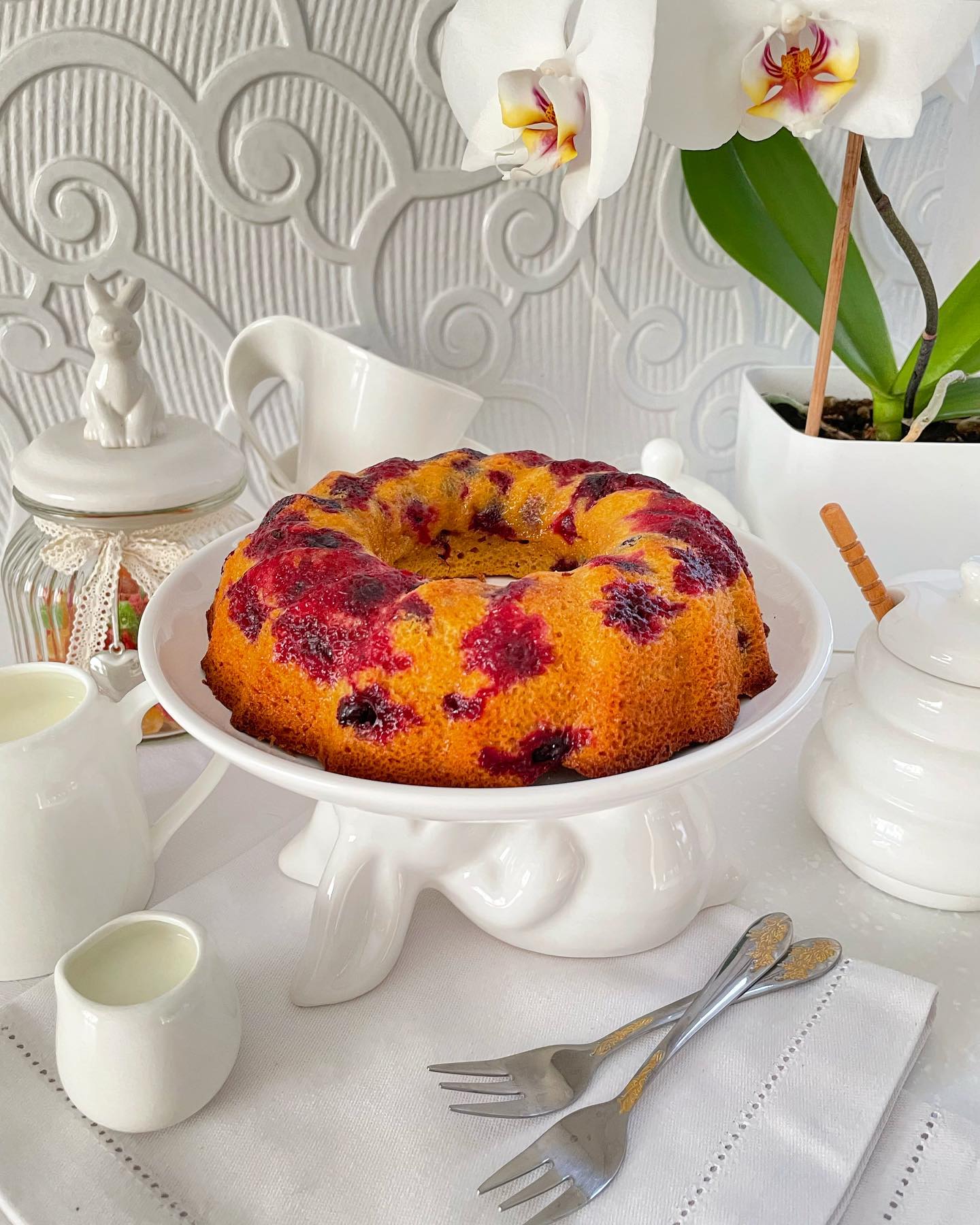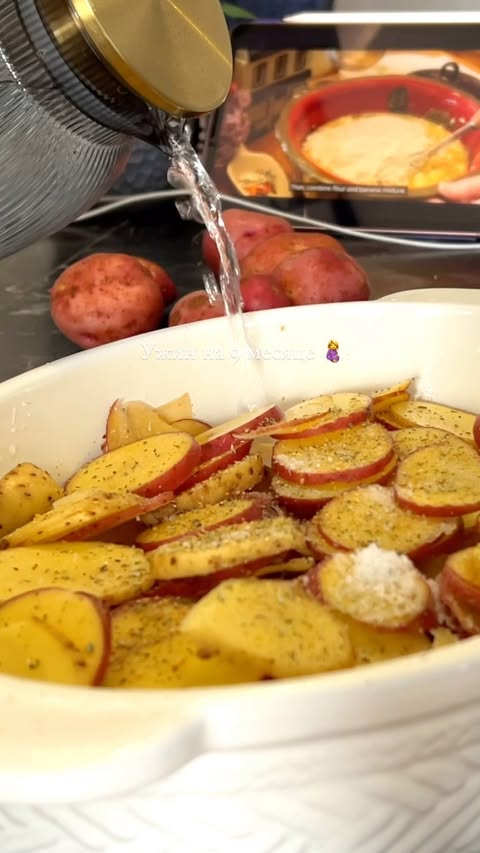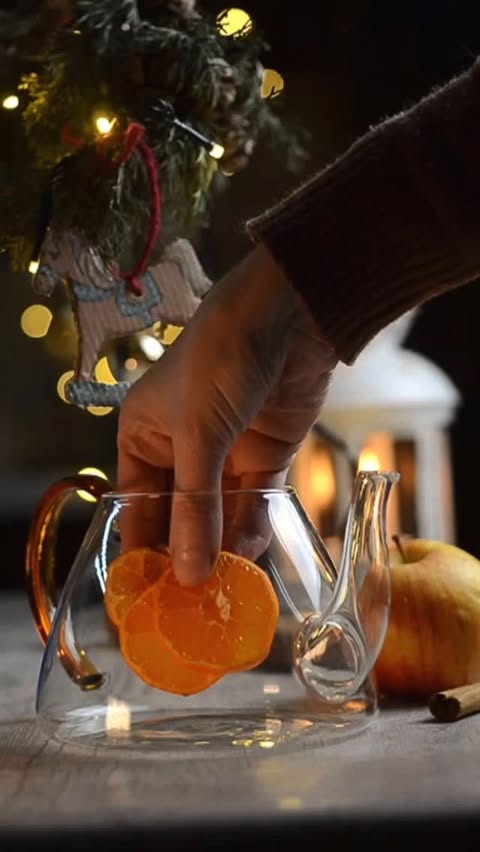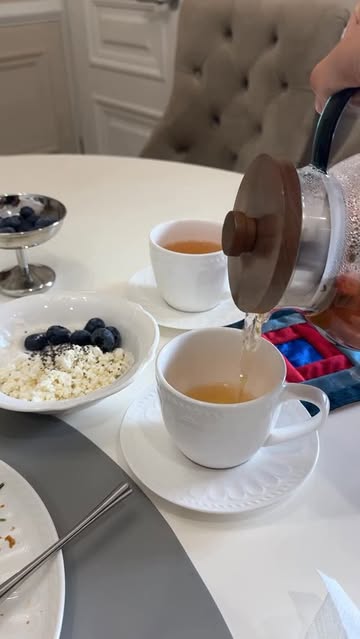Ingredients
Ingredients for Fermentation
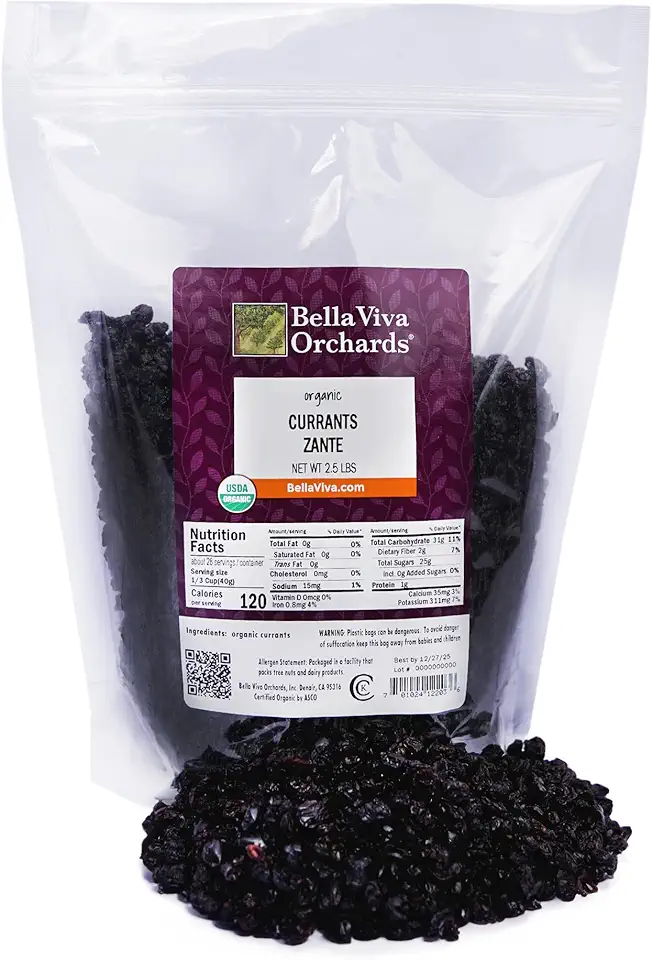 Bella Viva Orchards Organic Dried Zante Currants, Sweet no Sugar Added, 2.5 lbs of Dried Fruit USDA Organic
$29.99
View details
Prime
Bella Viva Orchards Organic Dried Zante Currants, Sweet no Sugar Added, 2.5 lbs of Dried Fruit USDA Organic
$29.99
View details
Prime
 Dried Zante Currants, 3 pound bag. California Product.
$29.99
View details
Prime
Dried Zante Currants, 3 pound bag. California Product.
$29.99
View details
Prime
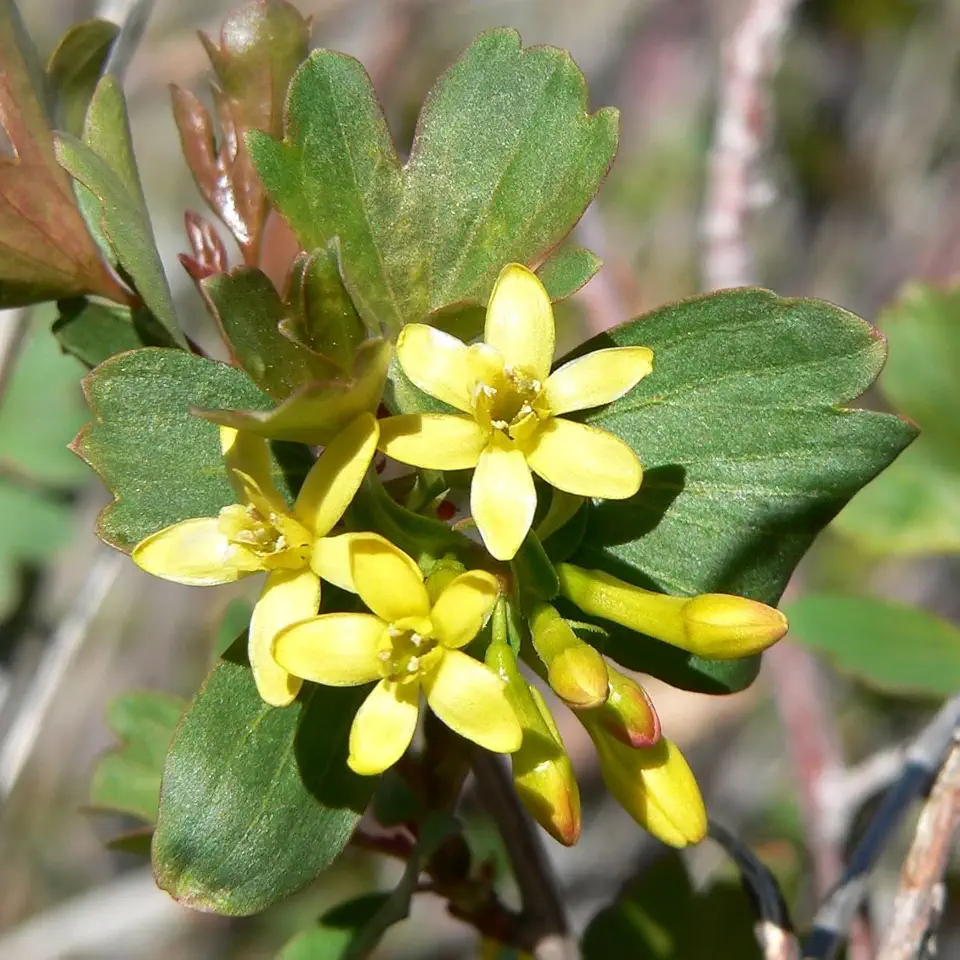 Palm Beach Medicinal Herbs - Golden Currant (Ribes aureum) - Packet of 20 Seeds
$9.99
View details
Palm Beach Medicinal Herbs - Golden Currant (Ribes aureum) - Packet of 20 Seeds
$9.99
View details
Ingredients for Tea Preparation
Instructions
Step 1
Start by **wilt the leaves**. Lay the freshly picked currant leaves in a single layer on a fabric (not synthetic) in a shaded area.
Let them sit for **10 to 12 hours**. They should become soft but not dried out.
Step 2
Now, it's time to **release the juices** from the leaves. You can either roll them up, crush them in a mortar, or chop them finely.
The goal is to ensure that the leaves begin to **produce juice** that will aid in fermentation.
Step 3
Place the juice-released leaf mixture into a container, layering it no more than **10 centimeters** (about 4 inches) deep.
Cover the mixture with a **damp cloth** and weigh it down with a heavy object.
Leave the container in a warm spot (between **20 to 25 degrees Celsius** or **68 to 77 degrees Fahrenheit**) for about **16 hours**. You'll know the fermentation is done when there's a rich aroma coming from it.
Step 4
Spread the fermented leaves in a **thin layer** on a baking sheet.
Begin the drying process at **100 degrees Celsius** (about **212 degrees Fahrenheit**) with the oven door slightly open.
Once they've started to dry, lower the temperature to **50 degrees Celsius** (about **122 degrees Fahrenheit**). The leaves are ready when they become crispy upon squeezing.
Store the dried leaves in jars, fabric bags, or containers.
Step 5
To brew the tea, use **1 teaspoon of fermented currant leaves** for every cup of **hot water**.
Let it steep for a couple of minutes to develop a fragrant and rich flavor. You can also mix in leaves from other berry shrubs like **raspberries** or **strawberries** for added taste.
Step 6
Despite its many benefits, this tea may not be suitable for everyone. Individuals with **hypertension**, pregnant women, and those suffering from **insomnia** should consult a physician as the leaves might elevate blood pressure.
If you're interested in more recipes made from natural products, don't hesitate to **subscribe** and save them for later!
Servings
Imagine sipping a warm, fragrant cup of tea made with your very own fermented currant leaves. ☕️✨ This tea is perfect for a relaxing afternoon, whether you're curling up with a book or having friends over for a cozy gathering. For an extra twist, try adding a few leaves from other berry bushes, like raspberry or strawberry, to enhance the flavor profile. Serve it chilled on hot days, garnished with mint for a refreshing treat! 🌱🍓
Pair your tea with homemade cookies or biscuits to create a delightful tea party experience. You can even create a little picnic ambiance in your garden or backyard, connecting with nature while enjoying your delicious brew. 🌼🧺 The possibilities are endless!
Equipment
A traditional tool to help crush the leaves, releasing their juices. If unavailable, a food processor can also work well, but be careful not to over-process.
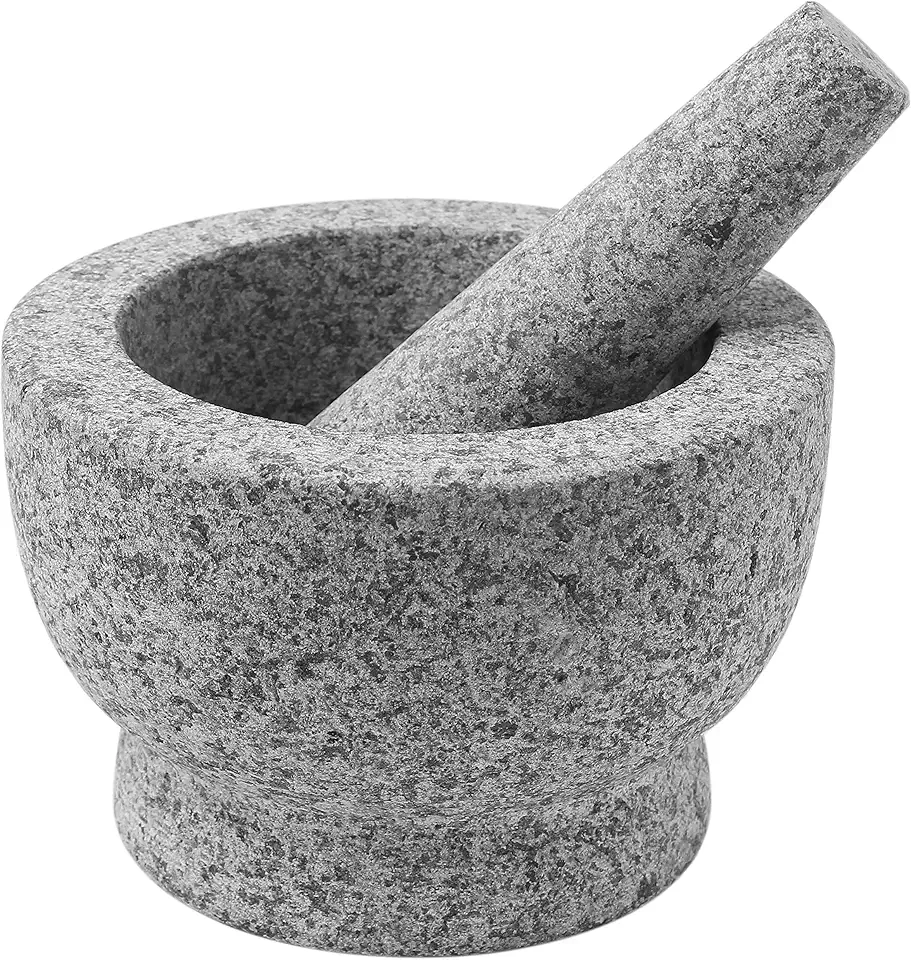 ChefSofi Mortar and Pestle Set - 6 Inch - 2 Cup Capacity - Unpolished Heavy Granite for Enhanced Performance and Organic Appearance - Included: Anti-Scratch Protector
$29.99
$41.99
View details
Prime
ChefSofi Mortar and Pestle Set - 6 Inch - 2 Cup Capacity - Unpolished Heavy Granite for Enhanced Performance and Organic Appearance - Included: Anti-Scratch Protector
$29.99
$41.99
View details
Prime
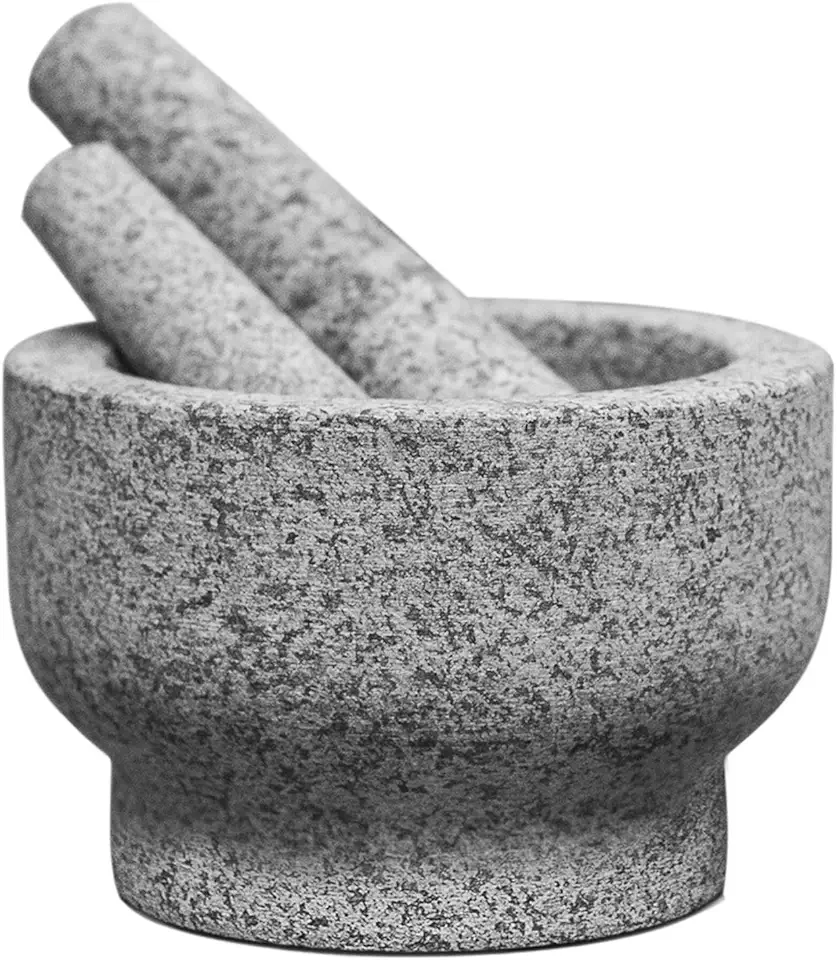 ChefSofi EXTRA Large 8 Inch 5 Cup-Capacity Mortar and Pestle Set - One Huge Mortar and Two Pestels: 8.5 inch and 6.5 inch - Unpolished Heavy Granite for Enhanced Performance and Organic Appearance
$81.99
View details
Prime
ChefSofi EXTRA Large 8 Inch 5 Cup-Capacity Mortar and Pestle Set - One Huge Mortar and Two Pestels: 8.5 inch and 6.5 inch - Unpolished Heavy Granite for Enhanced Performance and Organic Appearance
$81.99
View details
Prime
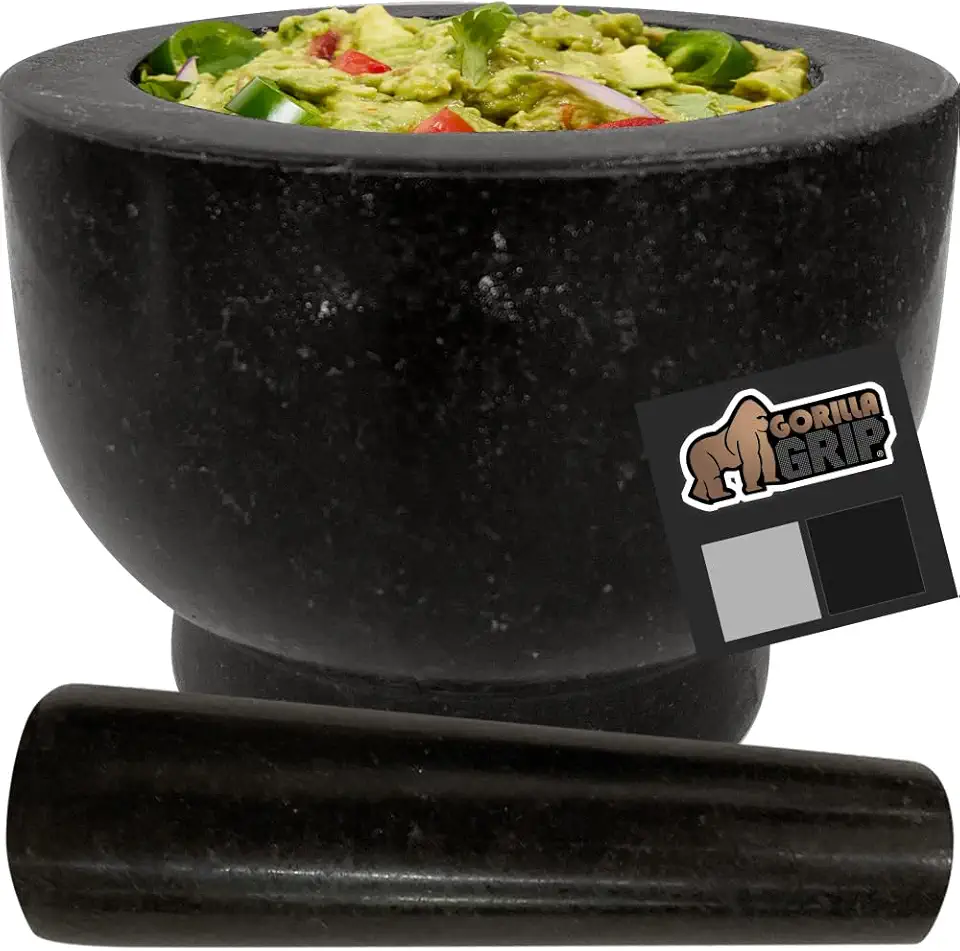 Gorilla Grip 100% Granite Slip Resistant Mortar and Pestle Set, Stone Guacamole Spice Grinder Bowls, Large Molcajete for Mexican Salsa Avocado Taco Mix Bowl, Kitchen Cooking Accessories, 2 Cups, Black
$25.94
$27.99
View details
Gorilla Grip 100% Granite Slip Resistant Mortar and Pestle Set, Stone Guacamole Spice Grinder Bowls, Large Molcajete for Mexican Salsa Avocado Taco Mix Bowl, Kitchen Cooking Accessories, 2 Cups, Black
$25.94
$27.99
View details
You'll need this for the final drying step. Ensure you have a tray that is large enough to lay out your leaves in a single layer for even drying.
A suitable container for fermentation, such as a jar or bowl, helps keep the leaves compressed with a damp cloth during the fermentation period.
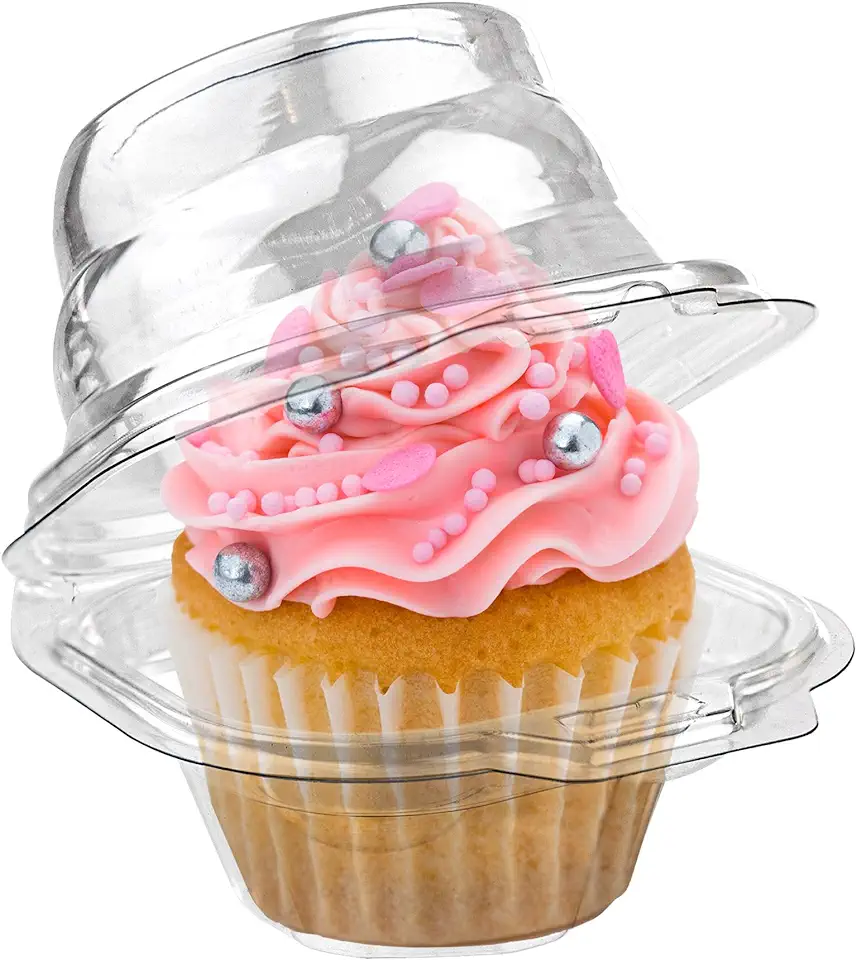 Stock Your Home Individual Plastic Cupcake Containers Disposable with Connected Airtight Dome Lid (100 Count) Clear Single Cupcake Container, BPA Free
$17.99
View details
Prime
Stock Your Home Individual Plastic Cupcake Containers Disposable with Connected Airtight Dome Lid (100 Count) Clear Single Cupcake Container, BPA Free
$17.99
View details
Prime
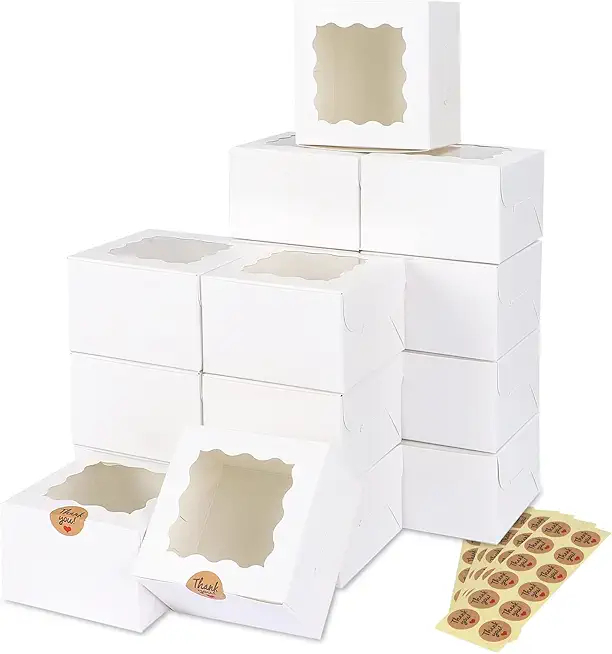 Moretoes 50pcs 4x4x2.5 Inches White Cookie Boxes with Window, Bakery Boxes, Small Treat Boxes, Mini Pastry Boxes for Dessert, Strawberries, Cake
$16.99
$17.99
View details
Prime
Moretoes 50pcs 4x4x2.5 Inches White Cookie Boxes with Window, Bakery Boxes, Small Treat Boxes, Mini Pastry Boxes for Dessert, Strawberries, Cake
$16.99
$17.99
View details
Prime
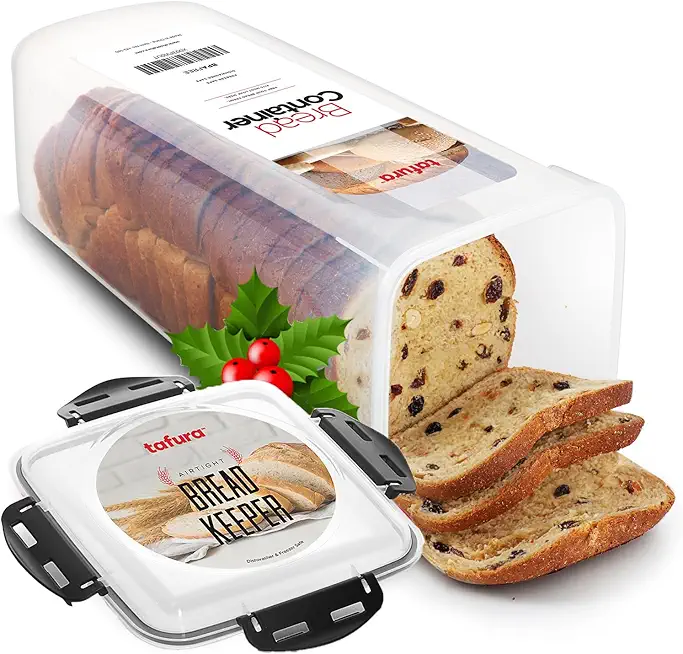 Tafura Bread Container - 5.8 Liter BPA Free Plastic Bread Box - Container/Holder for Homemade Loaves and Baked Goods with Black Airtight Lid
$19.79
View details
Tafura Bread Container - 5.8 Liter BPA Free Plastic Bread Box - Container/Holder for Homemade Loaves and Baked Goods with Black Airtight Lid
$19.79
View details
Your oven is key for the final drying phase, so check that it can maintain low temperatures accurately and safely.
 KoolMore 38 in. Full-Size Single Deck Commercial Natural Gas Convection Oven 54,000 BTU in Stainless-Steel (KM-CCO54-NG)
$3651.89
View details
Prime
KoolMore 38 in. Full-Size Single Deck Commercial Natural Gas Convection Oven 54,000 BTU in Stainless-Steel (KM-CCO54-NG)
$3651.89
View details
Prime
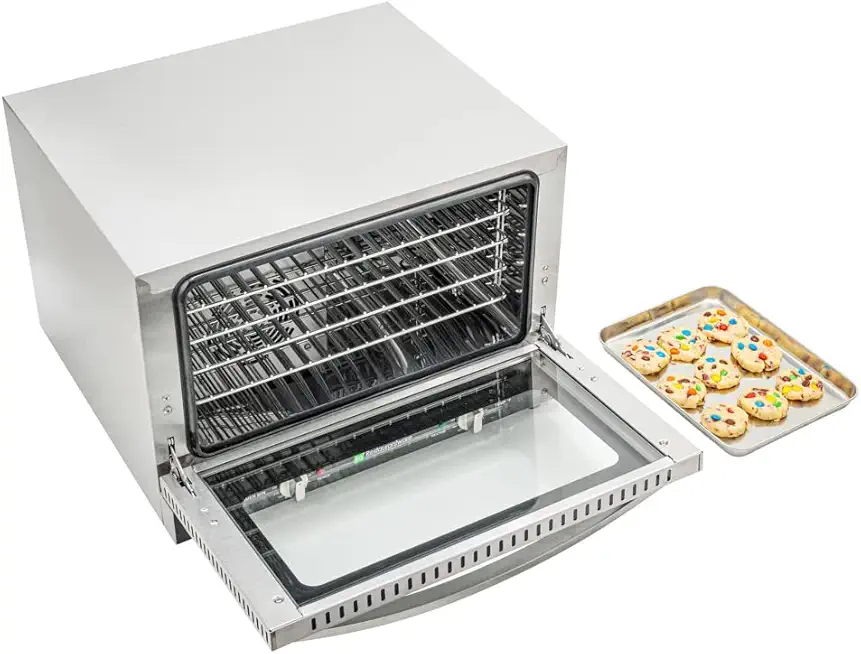 Restaurantware Hi Tek Half Size Convection Oven 1 Countertop Electric Oven - 1.5 Cu. Ft. 120V Stainless Steel Commercial Convection Oven 1600W 4 Racks Included
$1077.29
View details
Prime
Restaurantware Hi Tek Half Size Convection Oven 1 Countertop Electric Oven - 1.5 Cu. Ft. 120V Stainless Steel Commercial Convection Oven 1600W 4 Racks Included
$1077.29
View details
Prime
 Emeril Lagasse 26 QT Extra Large Air Fryer, Convection Toaster Oven with French Doors, Stainless Steel
$189.99
View details
Emeril Lagasse 26 QT Extra Large Air Fryer, Convection Toaster Oven with French Doors, Stainless Steel
$189.99
View details
Variations
If you're exploring different dietary options, don't worry, there’s something for everyone! 🌍✨
Gluten-Free: This recipe is naturally gluten-free, making it a perfect choice for those avoiding gluten! Enjoy it guilt-free, and mix in spices like cinnamon or ginger for a delightful twist.
Vegan: This recipe is inherently vegan as it uses only plant-based currant leaves and water. Feel free to add your choice of sweeteners and enjoy it with your favorite vegan snacks!
Faq
- What if my leaves aren't soft after wilting?
Ensure you left them in the shade long enough and they are spread out in a single layer. If they're still firm, give them more time to wilt.
- Can I ferment leaves from other plants?
Yes! You can use leaves from other berry plants like raspberries or strawberries. Just be sure to check if they're safe for consumption.
- What do I do if the leaves smell off after fermentation?
This could indicate that the fermentation process has gone wrong. Ideally, they should have a pleasant, aromatic scent. Discard any leaves that smell sour or spoiled.
- Can I adjust the fermentation time for a stronger flavor?
Absolutely! The longer you ferment, the stronger the flavor will be. Just keep an eye on the aroma to ensure it doesn't become overpowering.
- How can I ensure my drying process is effective?
Make sure the leaves are in a thin, even layer and monitor the oven temperature closely to prevent burning or uneven drying.
- What's the best way to store the dried leaves?
Store your dried leaves in airtight containers or cloth bags. Keep them in a cool, dry place away from direct sunlight for the best preservation.

